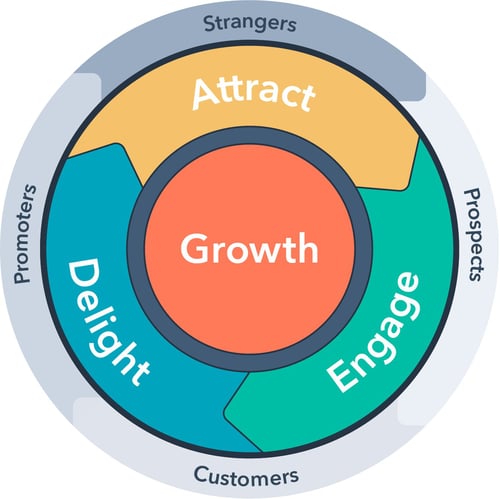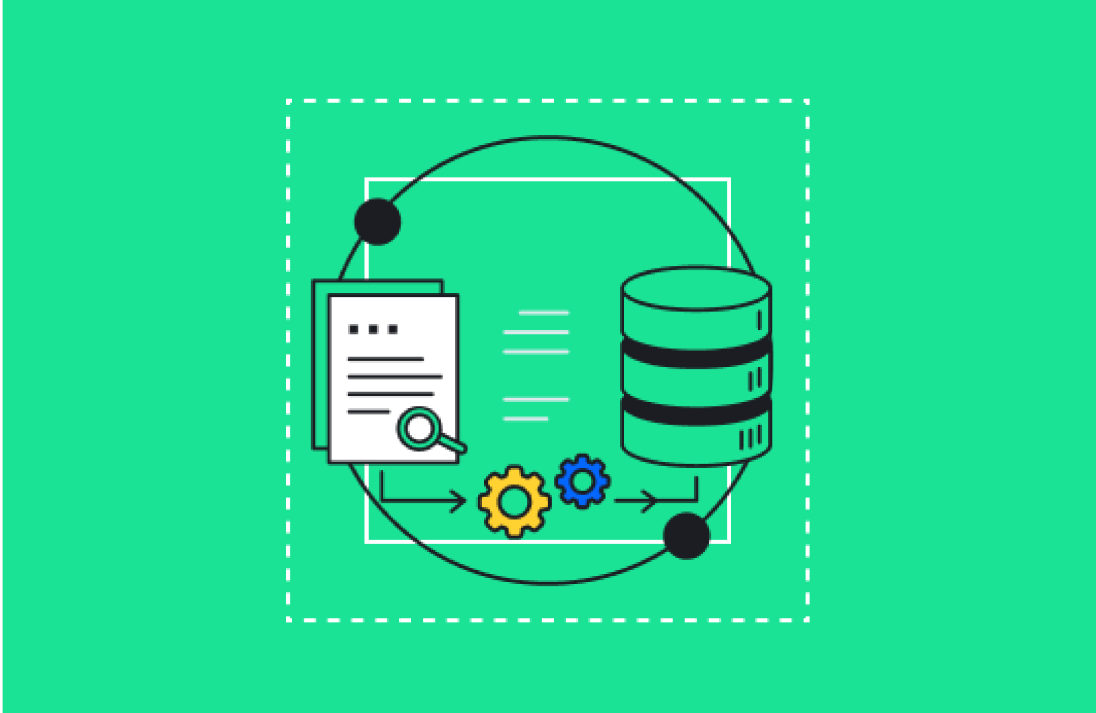Revenue operations (RevOps) is a critical process for any business that wants to improve revenue and achieve sustainable growth.
It encompasses every operation involved in creating a great customer experience, as well as the solutions and processes used to generate revenue for the business. RevOps touches almost every part of the organization. It is most beneficial to your sales and marketing teams, but it can apply anywhere from the sales department to supply chain operations.
A8's official RevOps definition states that it is "the combination of people, process, and technology that makes up the lead to customer experience (or customer lifecycle) for the end-user and captures data to improve it."
Despite RevOps' ubiquity, many businesses have misconceptions about RevOps and how it works. In this article, we will explore five of the most common misconceptions about RevOps and provide detailed explanations for how to overcome them.
1. RevOps is a Marketing Strategy
One of the most common misconceptions about RevOps is that it is a marketing strategy. While marketing plays a significant role in RevOps, it is not the only function involved.
As we stated earlier, RevOps encompasses every operation involved in creating a great customer experience. This includes sales, customer success, product, and beyond. HubSpot’s flywheel model is a great conceptualization of how revenue operations can bring every department together to work toward growth.

(Source: HubSpot)
To make RevOps work for your business, you need to have buy-in from every team involved. Marketing may be the driving force behind RevOps, but all teams need to be on board with the process and invested in its success. That's because they must be able to collaborate in a single environment to deliver value to customers and stay focused on revenue creation.
Most importantly, RevOps is not a one-time initiative or project like a marketing campaign; it's an ongoing process that should be constantly tweaked and improved upon.
2. RevOps is a Startup Strategy
One of the most common misconceptions about RevOps is that it's simply a new buzzword associated with startup trends. While it's true that RevOps was initially developed for startups, it's now being adopted by businesses of all sizes and ages.
According to HubSpot, there was already a 55% increase in RevOps adoption as far back as 2018, and it has continued to grow in popularity ever since. Now, it isn't just startups adopting RevOps. It's also long-established businesses that want their teams to operate more effectively together to accomplish revenue and customer lifecycle goals.
The main reason RevOps is so beneficial for startups is that it allows them to quickly scale their revenue operations. However, businesses of all sizes can use RevOps to improve revenue and achieve sustainable growth.
3. RevOps Only Works at Tech Companies
This misconception probably comes from the fact that RevOps was developed in the tech industry. The tech industry has been responsible for the development of many other revolutionary business concepts, such as Agile, which have since been adopted widely elsewhere. While it's true that RevOps has its roots in the tech world, it's now being adopted by businesses in a variety of industries.
RevOps can be beneficial for any type of business, whether it's a tech company, a retail store, or a manufacturing company. The reason RevOps is so versatile is that it's so deeply rooted in improving the customer experience. This makes it applicable in virtually any business context.
4. RevOps is Only Necessary for Companies with a High Revenue
Even if you're business is small and you don't have much revenue yet, you should still consider RevOps. RevOps can help businesses increase their existing revenue, but you can apply it as a means for growth even if your profitability is still relatively low.
This is perhaps the best time to initiate a RevOps transformation because it could be dividends as you grow and expand. It's often easier to organize your organization around a RevOps framework when it's still small and agile.
No matter how much revenue a business is generating, RevOps can help it improve revenue and achieve sustainable growth.
5. You Need a Lot of Data to Do RevOps Correctly
Data is an important aspect of the RevOps framework. To be successful with RevOps, you'll need to be able to share data across your departments within a unified environment. This is essential for ensuring your teams can work together.
But while it's true that RevOps can help businesses manage and make use of data, it's not just for businesses that are already crunching huge data sets. Often, it's best to start engaging in RevOps while you're still expanding your data management capabilities.
Achieve Sustainable Growth with Revenue Operations
RevOps is not just for startups, tech companies, businesses with a lot of revenue, companies with a lot of data, or businesses that have an expansive data operation. RevOps can be beneficial for businesses of all sizes.
If you want to improve revenue and achieve sustainable growth, don't let these misconceptions stop you from adopting RevOps in your business. Contact us at A8 to learn more about what RevOps can do for your business.






